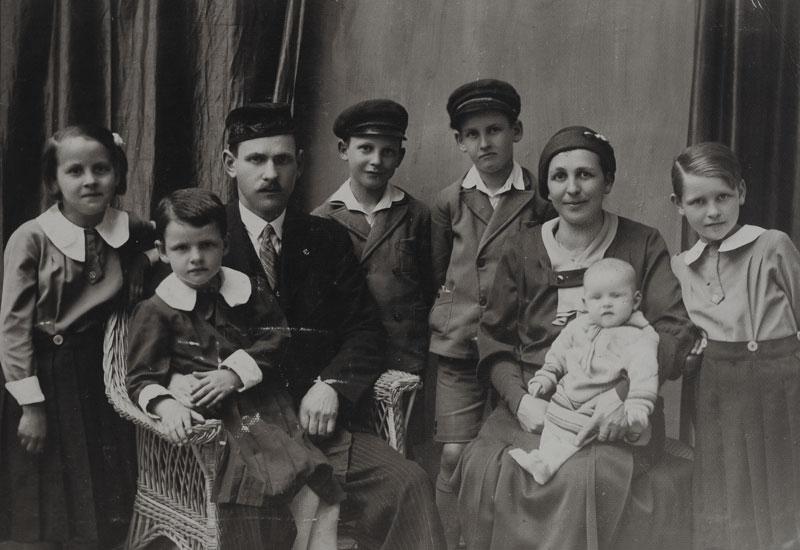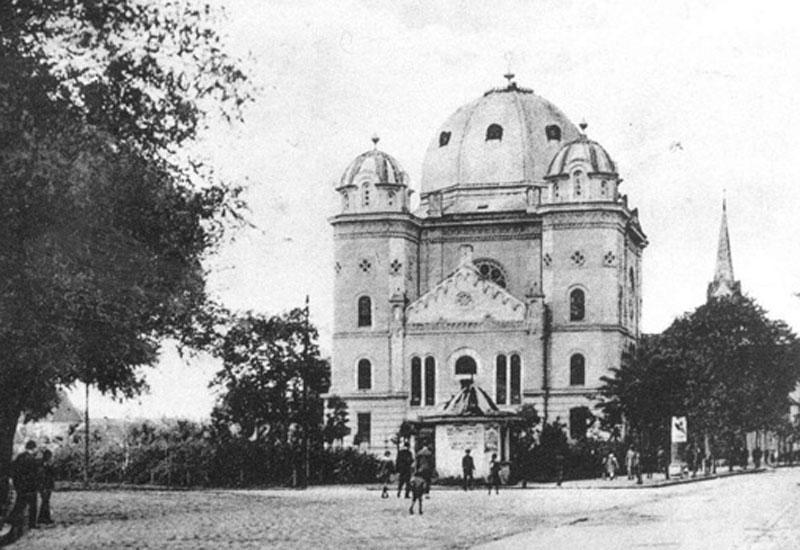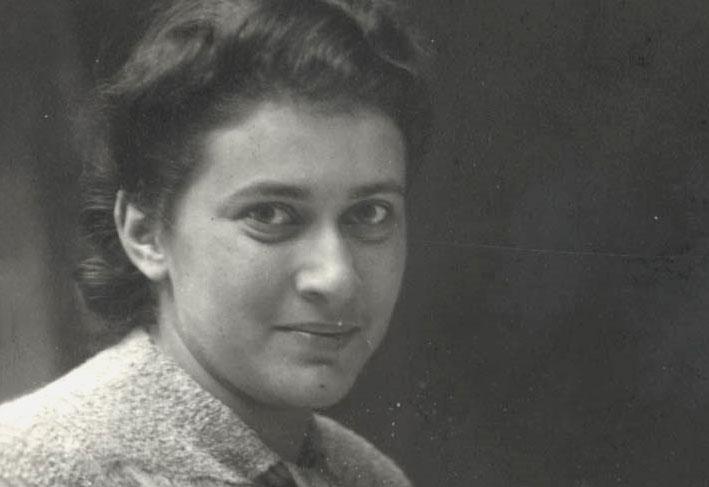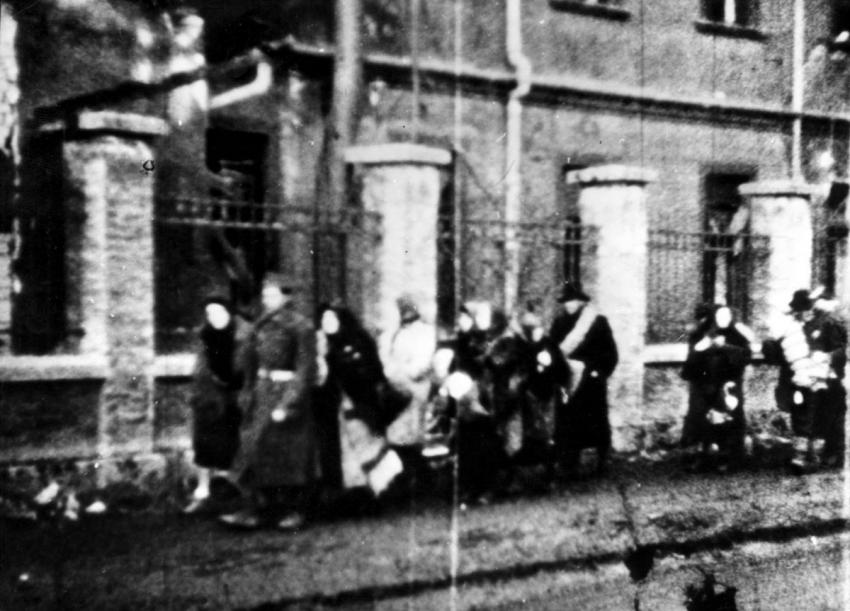There has been a Jewish presence in Győr, Hungary from as early as the 15th century, but the Jewish community in the city was founded only at the end of the 18th century. By the mid-19th century, some 3,000 Jews were living in the city in two separate communities – the Neologs and the Orthodox. They established religious and cultural institutions, including a school, a synagogue, a Talmud Torah (religious school for boys), a Yeshiva, a cemetery and various aid organizations. Many of the Jewish residents were merchants – mostly in grain – as well as industrialists.
In the interwar period, many Hungarian territories were handed over to Romania. A large number of traditional Jews lived in these regions, leaving in the main those following the Neolog strain of Judaism in Hungary. During this period, Jewish mutual aid organizations operated in Győr in a range of social and economic areas. A new synagogue was built, and an educational center was established for Jewish youth.
After 1938, with the passing of anti-Jewish laws and the worsening of Hungarian Jewry's economic situation, Jews began emigrating from Győr. Concurrently, the activities of the Jewish aid organizations grew.
In 1942, most of the Jewish men in the city were conscripted for forced labor in the Hungarian Army Labor Battalions, which assisted Nazi Germany in its war against the Soviet Union. Most of these men were killed on the Eastern Front.
In March 1944, Nazi Germany occupied Hungary, including Győr. In mid-May 1944, the Jews were ordered to gather in the city's ghetto. By mid-June, all of the ghetto residents had been deported to Auschwitz.
Today, very few Jews live in Győr.










